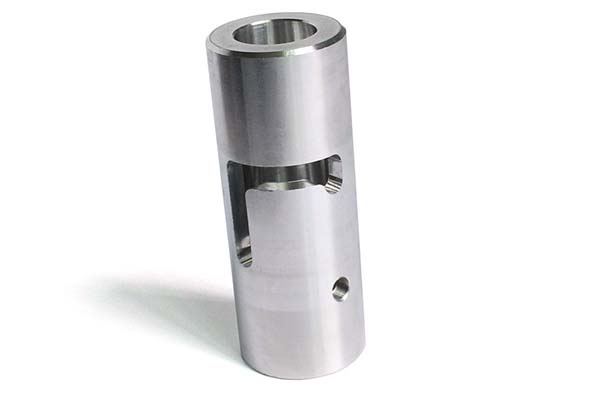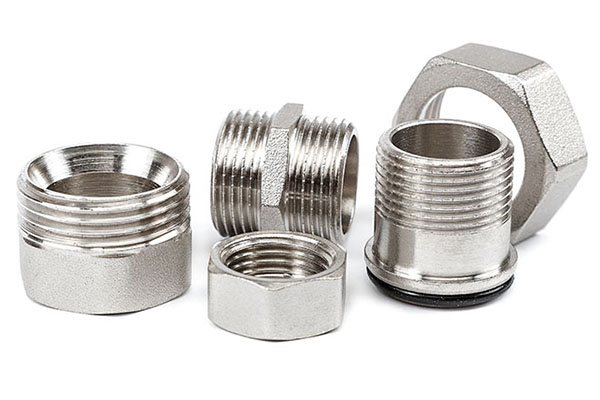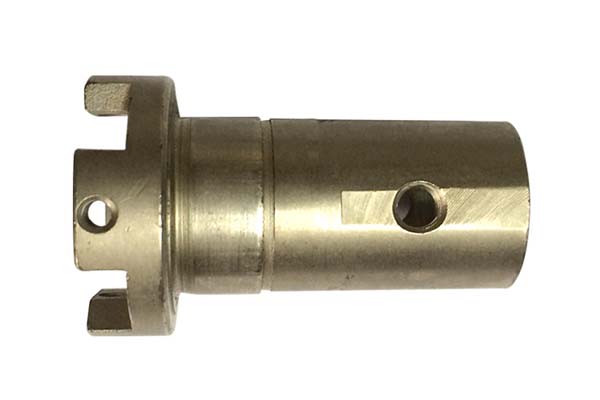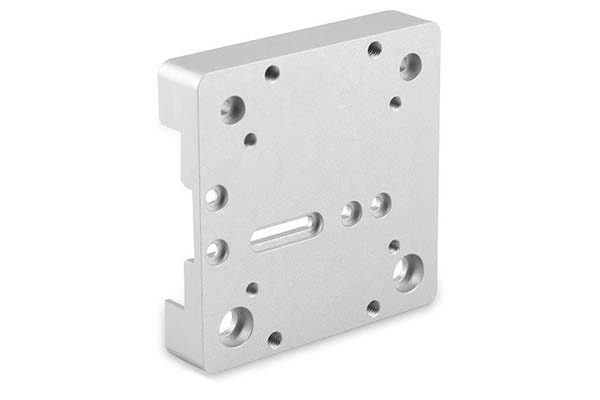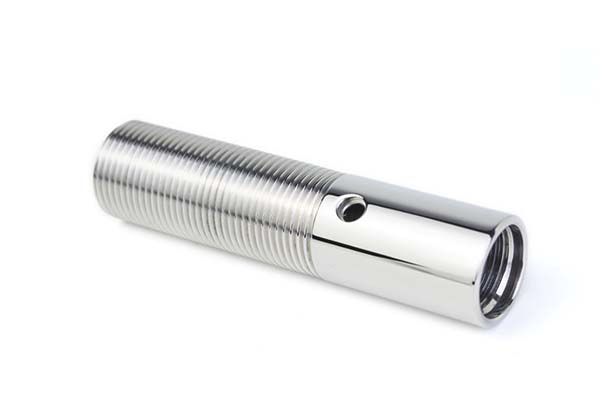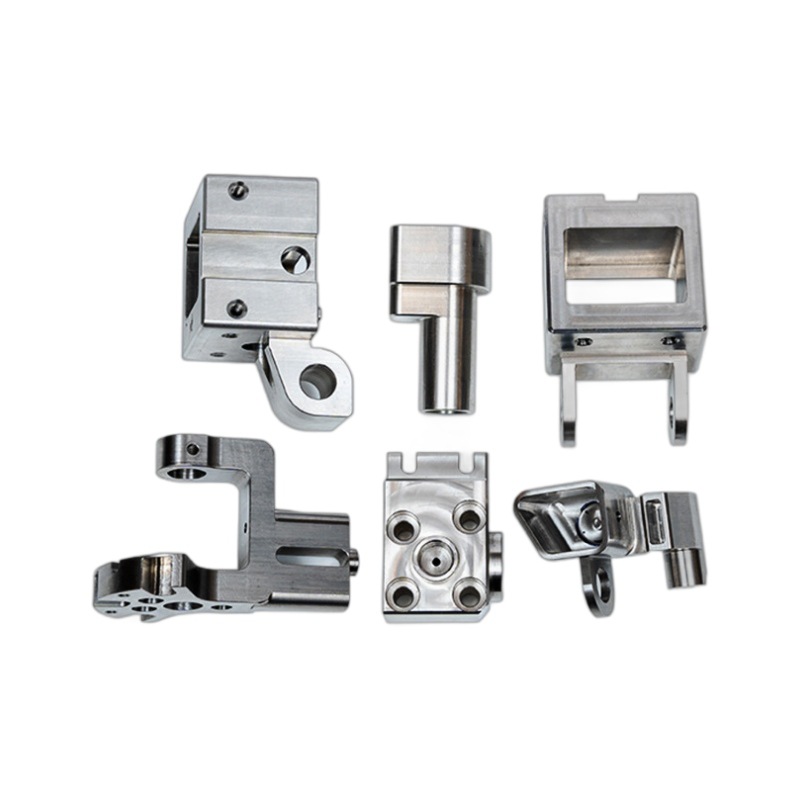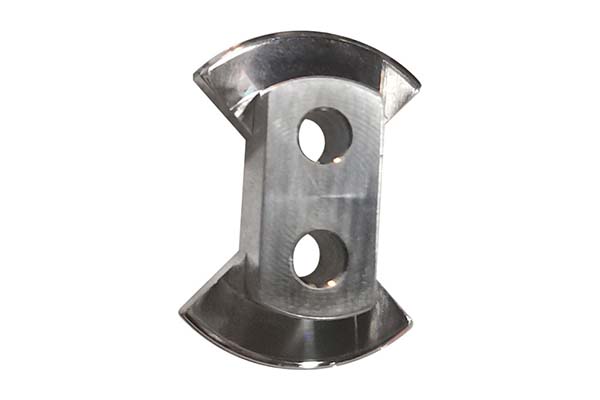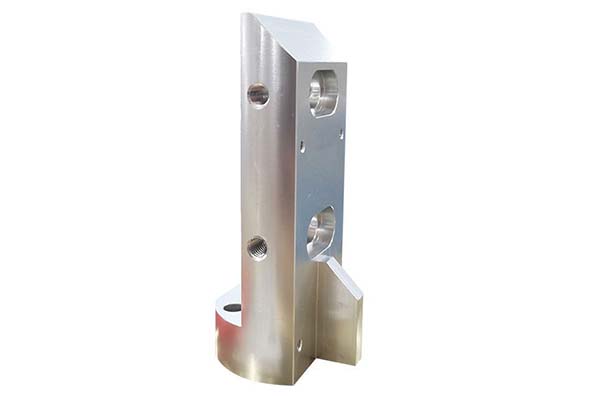If you’ve ever stood in a machine shop wondering which milling cutter to pick for a project, you’re not alone. Choosing the right milling cutter type can make or break your workpiece—whether you’re aiming for a smooth finish on a metal part or roughing out a large block of material. In this guide, we’ll walk you through the most common milling cutter categories, break down their key features, and share real-world examples to help you make confident decisions. By the end, you’ll know exactly which cutter to reach for, no matter the job.
1. End Mills: The All-Purpose Workhorses of Milling
End mills are the most versatile milling cutter type for many machinists. Unlike some cutters that only work on the surface, end mills can cut both along the side (peripheral milling) and the tip (face milling), making them ideal for slots, pockets, and 3D contours. Let’s break down the key styles in this category:
- Square End Mill: The go-to for straight cuts. Its sharp, 90-degree corners are perfect for creating square slots or finishing vertical walls. Example: When I was machining aluminum brackets for a robotics project, a 4-flute square end mill gave me clean, precise slots that fit screws perfectly—no extra sanding needed.
- Ball Nose End Mill: Features a rounded tip that eliminates sharp edges. Great for 3D profiling (like mold making) or curved surfaces. Pro tip: Use a multi-flute ball nose end mill for faster feeds without sacrificing finish.
- Corner Radius End Mill: Blends the square end’s precision with the ball nose’s durability. The rounded corners resist chipping (critical for hard materials like stainless steel) while still producing sharp edges on the workpiece.
- Roughing vs. Finishing End Mills: Roughing cutters (often with serrated edges) remove material quickly but leave a rough surface. Finishing cutters (with more flutes and sharp edges) clean up the part for a smooth finish. Case study: A client machining titanium parts cut their cycle time by 40% by pairing a roughing end mill with a single-flute finishing end mill (single-flute works well for sticky materials like titanium).
- Specialty End Mills: Micro end mills (under 1mm diameter) handle tiny parts (e.g., medical devices), while long reach end mills reach deep pockets (like in aerospace components).
| End Mill Type | Best For | Material Compatibility |
| Square End Mill | Straight slots, vertical walls | Aluminum, steel, plastic |
| Ball Nose End Mill | 3D profiling, curved surfaces | All materials |
| Corner Radius End Mill | Hard materials (stainless steel) | Stainless steel, titanium |
| Roughing End Mill | Fast material removal | Any material |
2. Face Mills & Shell Mills: For Wide, Flat Surfaces
If you need to mill a large, flat surface (like the top of a metal plate), face mills and shell mills are your best bet. They cover more area than end mills, making them faster for big jobs.
- Indexable Face Mill: Uses replaceable carbide inserts instead of a solid cutting edge. When an insert wears out, you swap it—no need to regrind the entire cutter. Why it matters: A study by the American Machinists Institute found indexable mills reduce tooling costs by 35% compared to solid cutters for high-volume jobs.
- Square Shoulder Mill: Designed for cutting both flat faces and square shoulders (90-degree edges between the face and side of the part). The lead angle (angle of the cutting edge relative to the workpiece) affects chip flow—15-degree lead angles work well for general use, while 45-degree angles excel at heavy cuts.
- High-Feed Mill: Built for speed. It uses a shallow depth of cut but very high feed rates, making it perfect for large workpieces (e.g., automotive frames). Real-world use: A local auto parts shop uses high-feed mills with wiper inserts (special inserts that smooth the surface) to finish engine blocks in half the time of standard face mills.
- Shell Mills: Similar to face mills but mounted on a shell mill arbor (a shaft that attaches to the machine spindle). They’re lighter than face mills, so they vibrate less—great for precision work on thin materials. Key fact: Shell mills with multiple inserts (6–8) can cover diameters up to 12 inches, making them ideal for large-scale machining.
3. Specialized Geometry Cutters: For Unique Shapes & Features
Some machining tasks require cutters with odd shapes—think T-slots for bolts or dovetails for sliding parts. These specialized geometry cutters are designed for one specific job, so they’re essential for complex parts.
- T-Slot Cutter: Creates T-shaped slots (used to hold clamps or bolts in machine tables). It has a narrow neck and a wider cutting head—make sure the neck diameter matches the slot’s width to avoid damaging the sides. Example: When setting up a CNC router table, I used a ½-inch T-slot cutter to make slots that fit standard T-bolts—perfect for securing workpieces.
- Dovetail Cutter: Produces dovetail joints (used in drawers, jigs, or precision fixtures). The angle (usually 45, 55, or 60 degrees) must match the part’s design. Pro tip: Test the cutter on scrap material first—dovetail joints are unforgiving if the angle is off!
- Thread Mill: Cuts internal or external threads (like bolts or nuts). Unlike taps, thread mills can correct misalignment and work on hard materials (e.g., Inconel). Industry trend: Aerospace manufacturers are switching to thread mills because they produce stronger threads than traditional tapping methods.
- Other Specialized Cutters: Chamfer mills add bevels to edges (prevents sharp corners from chipping), corner rounding cutters create rounded edges (for safety), lollipop cutters reach deep, narrow spaces (like mold cavities), and engraving tools add fine details (e.g., logos on parts).
4. Arbor-Mounted Cutters: For Side & Groove Cutting
Arbor-mounted cutters attach to a saw arbor (a long, cylindrical shaft) and are used for cutting grooves, slots, or sides of parts. They’re common in batch production because they’re easy to swap.
- Side and Face Cutter: Cuts both the side (peripheral) and face (end) of a part. Great for making wide grooves or cutting parts to length. Key feature: The teeth are spaced to reduce vibration—look for helical teeth (angled teeth) for smoother cuts.
- Slitting Saw: A thin, circular cutter used for making narrow slots (e.g., keyways). Metal slitting saws are made from high-speed steel or carbide and come in widths as thin as 0.005 inches. Warning: Slitting saws are fragile—use a slow feed rate to avoid breaking the cutter.
- Staggered-Tooth Cutter: Has teeth offset to the left and right, which reduces cutting force. Ideal for thick materials (e.g., 1-inch steel plates) because it prevents the cutter from binding. Case study: A metal fabrication shop reduced cutter breakage by 60% by switching from a standard slitting saw to a staggered-tooth cutter for thick steel slots.
- Plain Milling Cutter: A simple, cylindrical cutter with teeth on the outer edge. Used for basic face milling or cutting flat surfaces. Helical plain mills (teeth at an angle) cut smoother than straight-tooth mills but produce more heat—use coolant for high-speed cuts.
5. Tool Material & Construction: Choosing the Right “Build” for Your Job
Even the best milling cutter type won’t perform well if it’s made from the wrong material. The material and construction of the cutter determine its speed, durability, and compatibility with workpiece materials.
Common Tool Materials
| Material | Best For | Speed (SFM for Steel) | Durability |
| High-Speed Steel (HSS) | General use, low-cost jobs | 50–100 | Low-Medium |
| Cobalt Steel | Hard materials (stainless steel) | 75–125 | Medium |
| Solid Carbide | High-speed, precision work | 200–500 | High |
| Coated Tools | Reducing friction (aluminum, steel) | Same as base material | Higher than uncoated |
- Solid Carbide: The gold standard for precision and speed. It’s harder than HSS and holds its edge longer—great for high-volume jobs or hard materials. Example: A medical device manufacturer uses solid carbide micro end mills to machine tiny stainless steel parts because they maintain accuracy even after hundreds of cuts.
- Indexable Cutter: As mentioned earlier, these use replaceable carbide inserts. They’re cost-effective for large jobs because you don’t need to replace the entire cutter—just the inserts. Key fact: 70% of industrial machinists use indexable cutters for high-volume production, according to a 2024 survey by Machining Technology Magazine.
- Brazed Tip Cutters: Have a carbide tip brazed (glued with heat) to a steel body. They’re cheaper than solid carbide but less durable—good for low-volume jobs or soft materials (e.g., plastic).
- Tool Holders & Shanks: The shank type (e.g., straight, tapered, or collet) must match your machine’s spindle. A poor fit causes vibration, which ruins the workpiece. Pro tip: Use a collet chuck (a type of tool holder) for better grip—it reduces runout (wobble) by up to 80% compared to a standard chuck.
Yigu Technology’s Perspective on Milling Cutter Types
At Yigu Technology, we believe the right milling cutter type is a balance of job requirements, material, and efficiency. We’ve seen clients waste time and money by using a general-purpose cutter (like a square end mill) for a specialized task (like thread cutting)—this not only slows production but also reduces part quality. Our recommendation? Invest in specialized cutters for unique jobs (e.g., thread mills for threading) and use indexable cutters for high-volume work to lower costs. We also emphasize tool material selection: for modern, high-speed CNC machines, solid carbide or coated tools are worth the investment—they cut faster, last longer, and produce better finishes than HSS. Finally, don’t overlook tool holders: a quality arbor or collet chuck can make even a budget cutter perform like a premium one.
FAQ: Common Questions About Milling Cutter Types
Q1: What’s the difference between an end mill and a face mill?
End mills are versatile—they cut both sides and tips, making them great for slots, pockets, and 3D work. Face mills are designed for large, flat surfaces (e.g., the top of a metal plate) and cover more area, so they’re faster for big jobs.
Q2: Can I use a solid carbide cutter on aluminum?
Yes! Solid carbide works well on aluminum, but coated tools (e.g., TiAlN coating) are even better—they reduce friction and prevent aluminum from sticking to the cutter (a common issue with uncoated tools).
Q3: When should I use a staggered-tooth cutter?
Staggered-tooth cutters are ideal for thick materials (e.g., 1-inch steel plates) because their offset teeth reduce cutting force, preventing binding and breakage. They’re also good for making wide grooves.
Q4: What’s the best cutter for 3D profiling?
A ball nose end mill is the best choice for 3D profiling (e.g., mold making). Its rounded tip creates smooth, curved surfaces without sharp edges. For faster work, use a multi-flute ball nose end mill.
Q5: Are indexable cutters worth the cost?
Yes—especially for high-volume jobs. Indexable cutters use replaceable inserts, so you don’t need to regrind or replace the entire cutter when edges wear out. This reduces tooling costs by 30–40% compared to solid cutters (per the American Machinists Institute).
